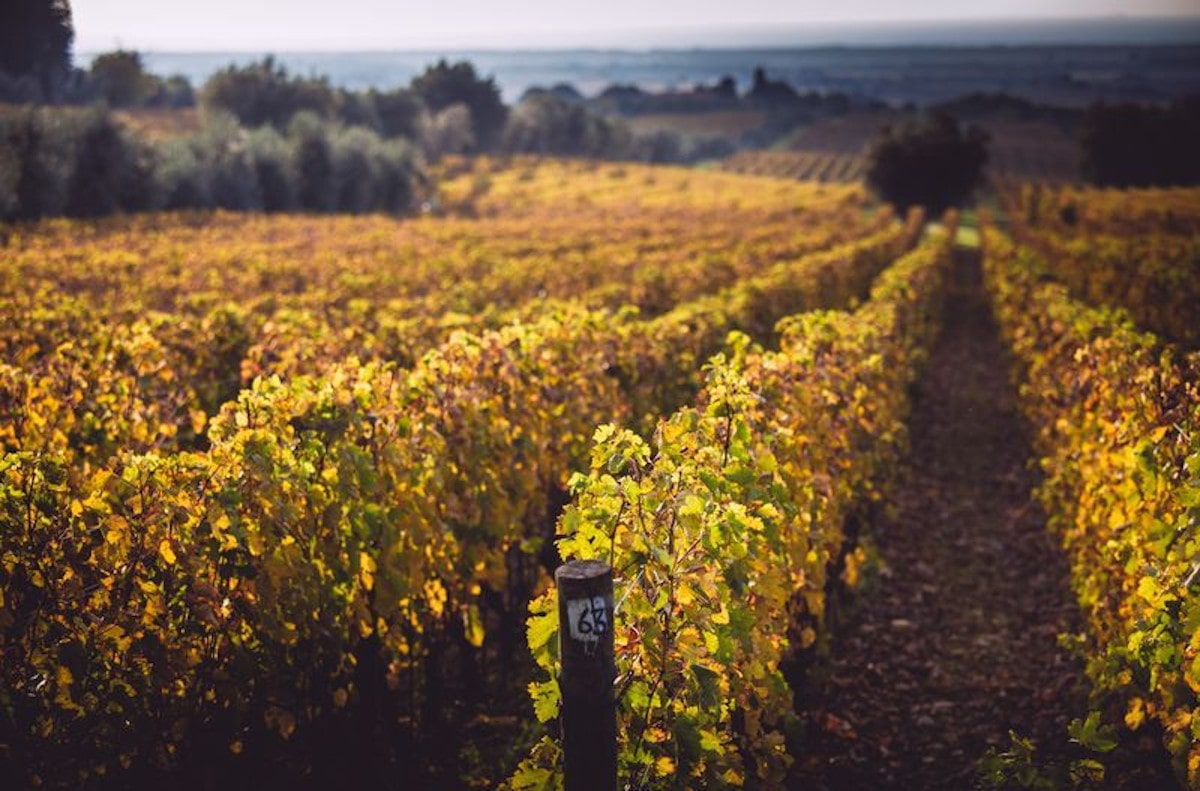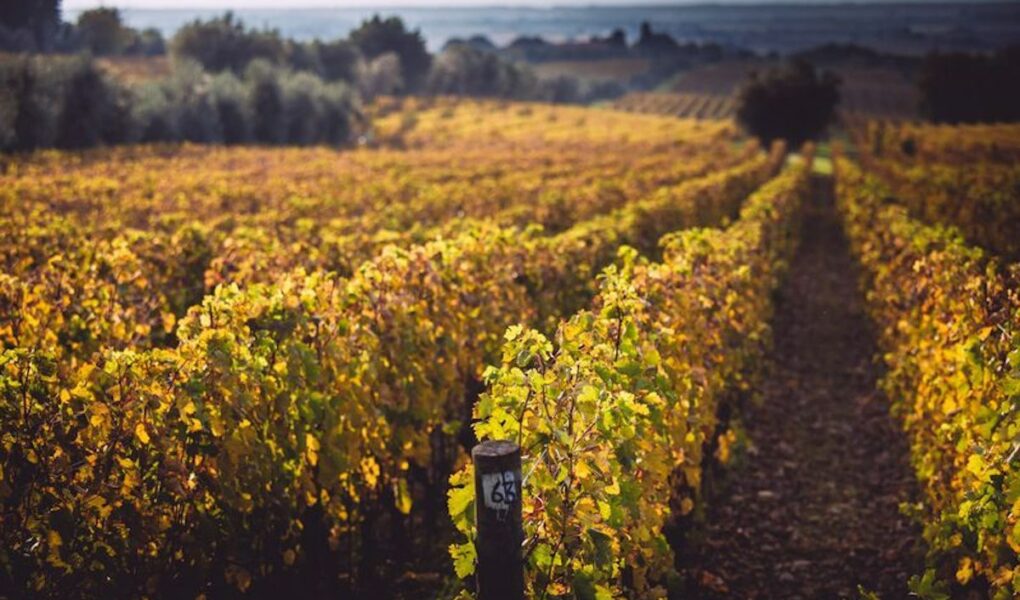The importance
of the RIGHT GLASS
in WINE TASTING

Different wine glass bowl shapes change the speed and concentration at which our nasal receptors receive the aroma (vapours) of wine. There are many different molecules evaporating from the surface of the wine, where flavour resides. This is why the widest part of an ideal wine glass should be about a quarter to a third filled. Above the widest point, the glass should taper in, to hold the aroma. Glass choice is less about grape variety or the region where it comes from, and more about the construct. Wine is made of many molecules, the majority being water, alcohol, tannin, acid, sugar, glycerol, polyphenols, sulphites and volatile compounds. How the grape is grown and how it is vinified dictates the chemical composition.
To appreciate wine, you ideally need an appropriate glass for the following:
- General Red.
- Pinot Noir and Nebbiolo.
- Simple, young, unwooded, White wine, usually single variety.
- Complex, aged, barrel fermented, aromatic, often blended White wine.
- Sparkling. Not a narrow straight flute nor a flat open coupe.
- Sweet and or Fortified.
The shape of the glass is not the only important factor selecting the appropriate glass, also the weight will change how the wine is perceived. A featherweight glass does not interfere while tasting, allowing you to focus on the flavour. A heavy glass immediately draws your attention to the weight of the glass instead of the wine.
At last the person’s mood, level of hydration, having eaten or not, the location, weather and if drinking relaxed or snapshot tasting, will influence effect and enjoyment.

